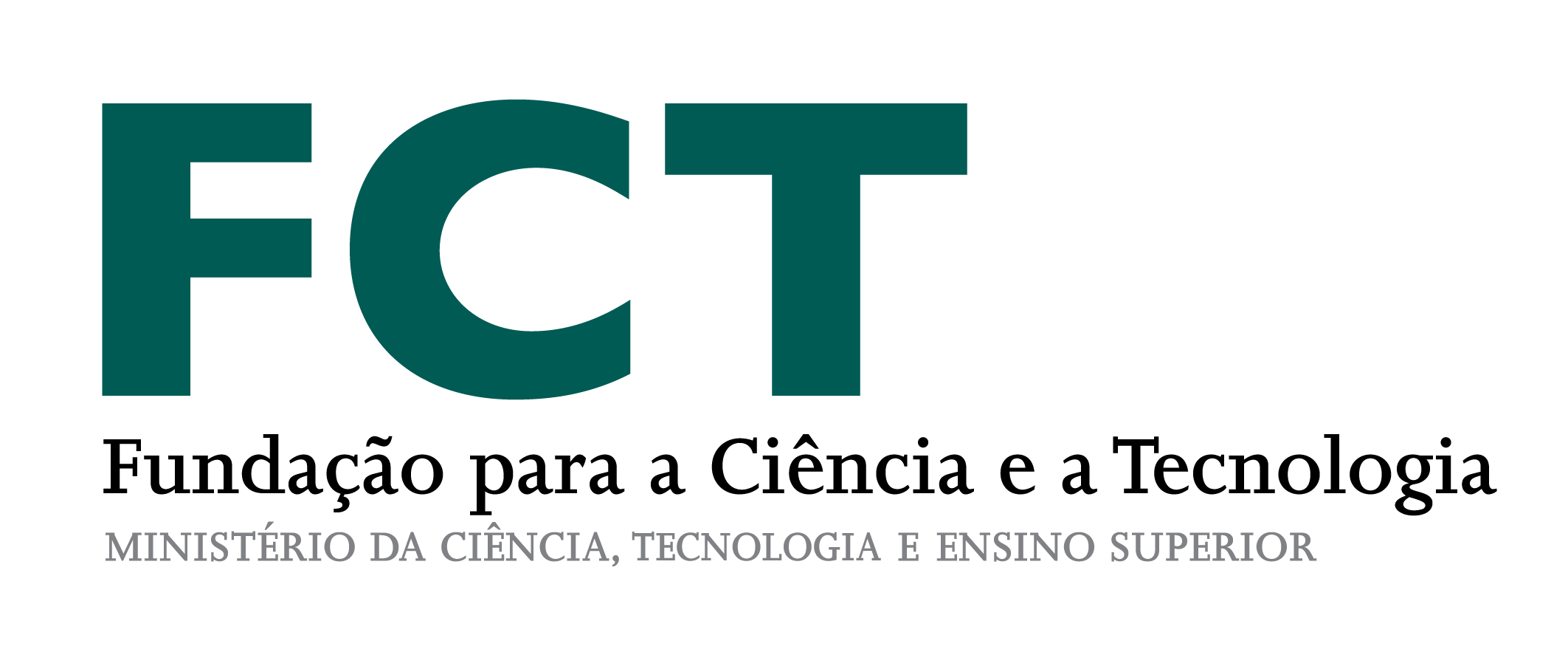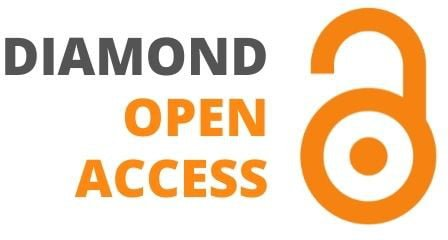Ana Lúcia Teixeira*, Ana Espírito-Santo**, Maria Helena Santos***
* Centro Interdisciplinar de Ciências Sociais (CICS.NOVA), Faculdade de Ciências Sociais e Humanas (NOVA FCSH), Lisboa, Portugal
https://orcid.org/0000-0002-8086-2254
** ISCTE – Instituto Universitário de Lisboa (ISCTE-IUL), Centro de Investigação e Estudos de Sociologia (CIES), Lisboa, Portugal
https://orcid.org/0000-0002-4059-8129
*** ISCTE – Instituto Universitário de Lisboa (ISCTE-IUL), Centro de Investigação e de Intervenção Social (CIS – IUL), Lisboa, Portugal
https://orcid.org/0000-0001-7708-4634
Portugal adopted legislative quotas in 2006, passing the so-called Parity Law which specifies that candidate lists must include a minimum representation for each sex, and neither sex can occupy more than two consecutive positions in the candidate lists. This paper follows the Gender Equality Policy in Practice (GEPP) approach and aims to deepen our understanding of the adoption and implementation process of the Parity Law in Portugal. After mapping how the law was implemented in Portugal – including a description of the tools and instruments that were set up and how the process unfolded in practice – an assessment of the policy’s direct effects is carried out, contributing to the open debate on the indicators of success related to legislative quota laws.
Keywords
parity, law, women, equality, politics
A Lei da Paridade na prática: implementação e impacto direto
Portugal adotou em 2006 a Lei da Paridade, que assegura uma representação mínima de cada sexo, não podendo nenhum dos sexos ocupar mais de duas posições consecutivas nas listas eleitorais. O artigo segue a abordagem Gender Equality Policy in Practice (GEPP) e visa aprofundar a compreensão do processo de adoção e implementação da Lei da Paridade em Portugal. Depois de mapear a forma como a lei foi implementada – incluindo uma descrição das ferramentas e instrumentos que foram criados e como se desenrolou na prática – é feita uma avaliação dos efeitos diretos da política, contribuindo para o debate sobre os indicadores de sucesso relacionados com as leis de quotas.
Palavras-chave
paridade, lei, mulheres, igualdade, política
La Loi sur la parité en pratique: mise en œuvre et impact direct
En 2006, le Portugal a adopté la Loi sur la parité, qui garantit une représentation minimum de chaque sexe, ne pouvant aucun des sexes occuper plus de deux positions consécutives dans les listes électorales. Cet article suit l’approche de la Politique de L’égalité de Genre en Pratique (GEPP) et vise à approfondir la compréhension du processus d’adoption et de mise en œuvre de la Loi sur la parité au Portugal. Après avoir décrit la manière dont la loi a été mise en œuvre – y compris une description des outils et instruments crées et de la manière dont elle a été appliquée dans la pratique – une évaluation des effets directs de la politique est réalisée, contribuant pour le débat sur les indicateurs de succès liés aux lois sur les quotas.
Mots-clés
parité, loi, femmes, égalité, politique
DOI: https://doi.org/10.22355/exaequo.2021.44.08

Direitos de autor: Creative Commons – CC BY NC
 Direitos de autor: Creative Commons – CC BY NC
Direitos de autor: Creative Commons – CC BY NC











